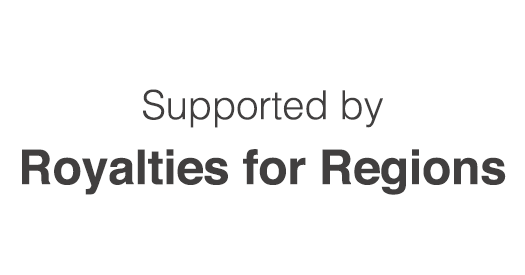Findings
Final analysis of the findings is still underway, including the water resource potential of the new groundwater system, although preliminary results are available.
At the base of the palaeochannel in the east, the water is salty - equivalent to about one-third seawater. However, water in the upper parts of the palaeochannel aquifer is very fresh, similar to that expected in a rainwater tank. Further analysis is needed to determine how far that fresh water extends.
To measure the dispostion of fresh water, the monitoring bores have been logged with two downhole geophysical tools. One of the tools measured electrical conductivity of the profile to obtain salinities, the other logged natural gamma to give an indication of clay and sand layers in the profile.
Mapping the distribution of high and low quality groundwater zones within the valley will be useful to landholders for targeting sites which should produce large yields of good quality groundwater.
Assessing the extent and nature of the groundwater resources will reveal opportunities to develop irrigated agriculture and new livestock water supplies.
Royalties for Regions support and partnerships
This project was supported by the Royalties for Regions, Regional Development — Water and Natural Resource Management initiative, which aims to capitalise on water availability opportunities and support regional development in WA. DAFWA worked in partnership with the Department of Water, Department of Regional Development and CSIRO.

